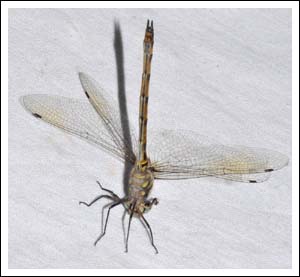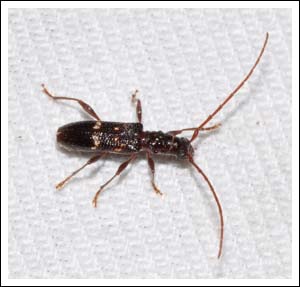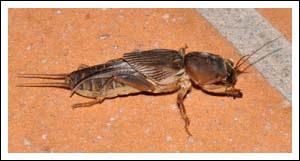During the last few days of summer, dragonflies on the wing have been hard to find by the river and creek, just a very occasional Emerald, but that is par for the course. Last season, the autumn appearance of Cordulephya pygmaea, the Common Shutwing was a non event for some reason, but this year it is a very different story. During a working day in the reserve, adjacent to the creek, numbers of this small dragonfly were seen perched on signs and logs, sometimes four or five together. This perching behaviour seems to be characteristic of the species, individuals in flight are hard to find. They are very tolerant of the photographer, allowing a close approach, and returning to perch if disturbed by getting too near. The three images were taken with the 200 macro lens that allows a safer working distance.
Click to enlarge.

















